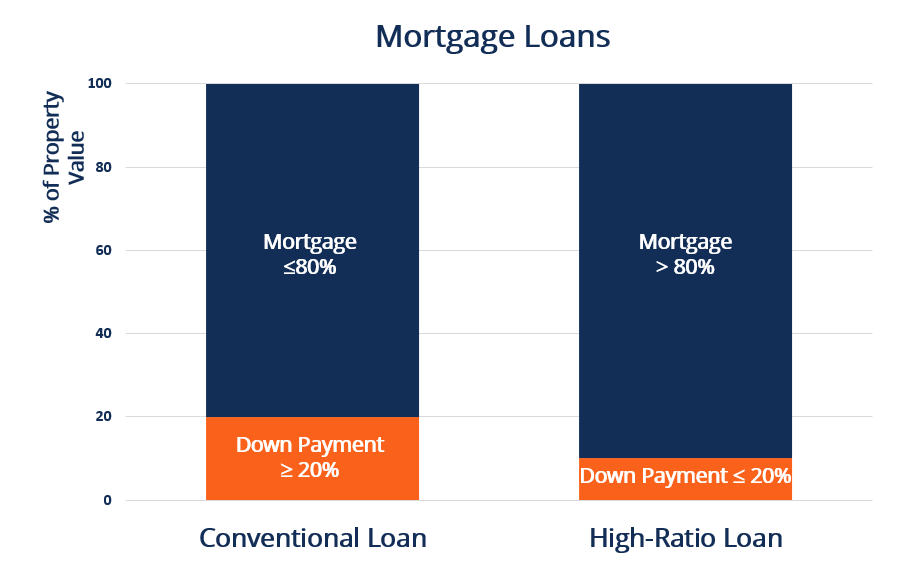Securing high-value loans is a critical step for tech entrepreneurs looking to scale their businesses, invest in research and development, or expand operations. However, qualifying for such loans requires a solid financial foundation, strategic planning, and a clear understanding of lender requirements. This guide will walk you through the essential steps to qualify for high-value tech loans in the USA, covering eligibility criteria, best practices, and key loan options available in 2025.
Why Tech Businesses Need High-Value Loans
1. Expansion and Growth
- Fund new product development.
- Enter new markets or scale operations.
2. Equipment and Technology Investment
- Upgrade infrastructure, software, and hardware.
- Maintain a competitive edge with the latest tech tools.
3. Research and Development (R&D)
- Finance innovation and new product testing.
- Secure patents and intellectual property rights.
4. Working Capital
- Cover payroll, office space, and operational expenses.
- Maintain a stable cash flow during business growth.
Types of High-Value Tech Loans
1. Traditional Bank Loans
- Best for: Established tech firms with strong financials.
- Loan Amount: $500,000 to $5 million+.
- Interest Rates: Competitive rates with fixed or variable terms.
2. SBA 7(a) and 504 Loans
- Best for: Small-to-medium-sized tech businesses.
- Loan Amount: Up to $5.5 million.
- Benefits: Lower interest rates, long repayment terms.
3. Venture Debt Financing
- Best for: Startups backed by venture capital.
- Loan Amount: $1 million to $10 million.
- Benefits: No equity dilution, structured repayment plans.
4. Equipment and Asset-Based Loans
- Best for: Companies needing high-cost tech equipment.
- Loan Amount: Varies based on asset value.
- Benefits: Loan is secured by the equipment, reducing risk.
5. Business Lines of Credit
- Best for: Tech startups needing flexible funding.
- Loan Amount: $100,000 to $5 million.
- Benefits: Pay interest only on what you use.
6. Revenue-Based Financing
- Best for: Startups with consistent revenue.
- Loan Amount: $500,000 to $3 million.
- Benefits: Repayments tied to revenue growth.

How to Qualify for High-Value Tech Loans
1. Build a Strong Business Plan
- Clearly define business objectives and financial projections.
- Highlight industry potential and market demand.
2. Maintain Excellent Credit
- Business and personal credit scores play a key role in approval.
- Aim for a credit score of 700+ for better loan terms.
3. Demonstrate Strong Financial Health
- Provide tax returns, profit-and-loss statements, and cash flow reports.
- Show a history of revenue growth and profitability.
4. Secure Collateral or Assets
- Some loans require collateral such as equipment or intellectual property.
- Strong assets reduce lender risk and improve loan terms.
5. Have a Stable Revenue Stream
- Lenders prefer businesses with consistent and growing income.
- Subscription-based tech companies may qualify for revenue-based loans.
6. Work with a Financial Advisor
- Professional guidance increases approval chances.
- Helps in choosing the right loan option based on business needs.
Step-by-Step Loan Application Process
Step 1: Assess Your Loan Needs
- Determine the exact loan amount required.
- Identify specific business expenses the loan will cover.
Step 2: Research Loan Providers
- Compare banks, online lenders, and government-backed loans.
- Evaluate interest rates, repayment terms, and eligibility requirements.
Step 3: Prepare Required Documents
- Business plan, financial statements, and tax returns.
- Credit reports and collateral documentation.
Step 4: Submit Loan Application
- Complete online or in-person applications.
- Provide accurate financial data and supporting documents.
Step 5: Loan Approval and Fund Disbursement
- Traditional loans may take weeks for approval.
- Fintech lenders offer quicker processing times.
Common Challenges and How to Overcome Them
1. Low Credit Score
- Work on improving credit before applying.
- Consider alternative financing like revenue-based loans.
2. Lack of Collateral
- Explore unsecured business loans.
- Look for lenders specializing in tech startups.
3. High-Interest Rates
- Compare multiple lenders to find the best rates.
- Negotiate better terms based on business performance.
Future Trends in Tech Financing
1. AI-Driven Loan Approvals
- Faster, data-driven decision-making.
- Lenders use machine learning to assess creditworthiness.
2. Blockchain-Based Lending
- Secure, transparent loan transactions.
- Smart contracts for automated repayments.
3. Increased Government Support
- More SBA and state-level funding for tech innovation.
- Expansion of low-interest loan programs for startups.
Conclusion
Securing a high-value tech loan in the USA requires careful planning, strong financial management, and an understanding of lender expectations. By following best practices and preparing a solid application, tech entrepreneurs can access the funding needed to scale their businesses and drive innovation. As technology continues to shape the financial industry, new loan opportunities and smarter financing solutions will further support tech startups in 2025 and beyond.
